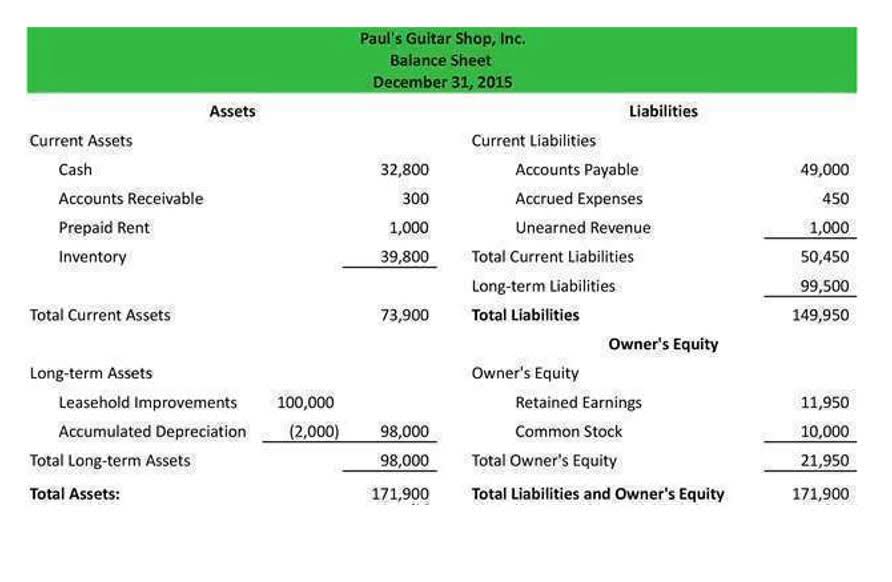Margin vs Markup Tables
Content

Trade on margin refers to businesses borrowing money from brokerage firms to conduct trades. By trading and buying on margin, investors deposit cash as collateral for the margin loan they’re receiving and pay an interest rate on the borrowed money. Researchers have found that buyers use a variety of information sources to establish their reference price; the price perceived by them to be the normal (and fair) price for a product or a service.
In order to ensure a profit and recover the costs to create a product or service, producers must add a markup to their total costs. They will express the markup as either a fixed amount or a percentage over the cost. Markups also appear in retail settings, where retailers mark-up the selling price of merchandise by a certain amount or percentage in order to earn a profit. A pricing method whereby a retailer establishes a selling price by adding a markup to total variable costs is called the variable cost-plus pricing method.
How to Calculate Margin
It is the gross profit margin for a particular transaction, i.e. the profit earned on a product or service, expressed as a percent of the selling price of that item. Another thing that points out the importance of setting your own dropshipping profit margins is the fact that products from the same niche have separate margins. Since every item in your store probably generates different profits, it’s only natural that all of them will have different profit margins as well. On that account, calculating the margin of each product you’re offering will give you the opportunity to analyze your products’ profitability and find your best-selling items. Retail prices are what retailers set as the final selling price for consumers. There are a number of mathematical formulas used in determining a product’s price, margin, markup, markdown, profitability, and sales history.
One of the unspoken rules in business calls for always staying on top of your expenses and constantly regulating your products’ prices and keeping an eye on online price competitors. After all, if you don’t closely monitor the financial situation of your dropshipping business, you expose yourself to great risks and inconveniences that can easily lead to your store’s doom. Since markup is based on the cost of goods sold, it is quite useful for salespeople working in a company that knows its costs.
How Tech-based Solutions Can Help Calculate Markup and Margin
More detailed definitions can be found in accounting textbooks or from an accounting professional. Xero does not provide accounting, tax, business markup vs margin or legal advice. Even though their definition is pretty similar, the numerical values of markup and margin always differ (unless they are both 0).
- This includes when running a restaurant business, opening a bakery, opening a food truck, opening a coffee shop, or opening a grocery store.
- You can think of markup as the extra percentage you charge your customers (on top of your cost).
- In general, your profit margin determines how healthy your company is — with low margins, you’re dancing on thin ice, and any change for the worse may result in big trouble.
- Calculate a retail or selling price by dividing the cost by 1 minus the profit margin percentage.
- While both deal with profit, they are calculated for two different purposes.
Unfortunately, many business owners don’t know the difference between these two accounting terms and incorrectly use them interchangeably. Confusing the terms or lacking the knowledge to properly calculate them can result in a price-setting that is too high or too low. Markup is the amount by which the cost of a product is increased in order to derive the selling price. To use the preceding example, a markup of $30 from the $70 cost yields the $100 price. Or, stated as a percentage, the markup percentage is 42.9% (calculated as the markup amount divided by the product cost). Calculating markup is similar to calculating margin and only requires the sales price of a product and the cost of the product.
Margin vs Markup Tables
If you want to attain a certain profit margin for your business, then you need to markup product costs by a percentage that is greater than the margin percentage. Both margin and markup are accounting terms used by businesses. Both calculations involve the same inputs, using revenue and cost of goods sold (COGS). If you want to set the right goals for your business and properly set the prices for the products or services you sell, you need to know the difference between these two terms. And you need to know the proper formulas for calculating each result. You can then multiple the markup percentage by the cost price to arrive at a sales price of $13.
More and more in today’s environment, these two terms are being used interchangeably to mean gross margin, but that misunderstanding may be the menace of the bottom line. A clear understanding and application of the two within a pricing model can have a drastic impact on the bottom line. Terminology speaking, markup percentage is the percentage difference between the actual cost and the selling price, while gross margin percentage is the percentage difference between the selling price and the profit. By contrast, markup refers to the difference between a product’s selling price and its cost price.
How do you calculate your product markup?
Like margin, the higher the result, the more profit your business is earning. While they both use the same values in their formulas, the result is staggeringly different. The markup is simply the difference between the selling price and the cost of goods. For business owners, or employees working in the finance department, understanding the difference between a margin and a markup is absolutely essential. So if you mark up products by 25%, you’re going to get a 20% margin (i.e., you keep 20% of your total revenue).

One of the most important things you’ll do is a business owner is set pricing for your products and services. But how do you know if the pricing you’re currently using is earning you a profit, losing money? Markup is equal to a product’s selling price minus its cost price. Calculating your margin and markup allows you to make informed decisions to establish pricing and maximize profits. Knowing the difference between markup vs margin is key to avoiding a costly mistake and will ensure you can meet customer demand.
Conversion formulas
That $18 is how much it costs Archon Optical to create a single pair of the Zealot. This way, you can figure out the lowest price at which you’re willing to sell your products. Sortly is a top-rated inventory management solution that allows businesses to organize their inventory using a phone, tablet, or computer.
If you manage your purchases and sales in inFlow, the system will know your unit costs and sale prices. From there, the software can automatically calculate your markup for you on a per-product basis. So you’ll always make money, even if it becomes more expensive to buy more stock. If you have multiple pricing schemes with different markup values (like wholesale vs. retail pricing), you can also import multiple pricing schemes simultaneously.
How much should I markup my products?
Luckily, it’s likely that you already know what you need and how to treat this data. This tool will work as gross margin calculator or a profit margin calculator. The most accurate way to calculate both margin and markup is to use accounting software, which makes it easier to track sales https://www.bookstime.com/articles/monthly-bookkeeping-checklist revenue and product costs. Of course, profit margin and markup can both be calculated even if you’re using a manual accounting system, though your results may be less accurate. Imagine that you’re a food wholesaler who sells whole turkeys for $20 and that only cost you $10 to acquire.
